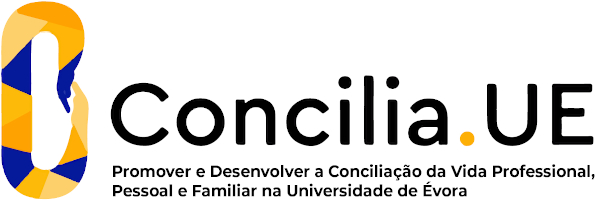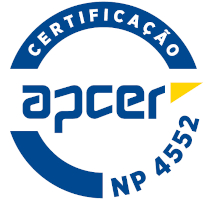2025
Advanced Optimization in Power Systems
Name: Advanced Optimization in Power Systems
Code: EME13172D
6 ECTS
Duration: 15 weeks/156 hours
Scientific Area:
Electrotechnical Engineering
Teaching languages: Portuguese
Languages of tutoring support: Portuguese
Sustainable Development Goals
Learning Goals
The general objective is to understand and study the functional structure of the electricity sector in the Iberian context, analyzing, in particular, the advanced methods and techniques relating to the problem associated with the real-time operation of the power systems (PS) and their economic interpretation ( EI). It is also intended to develop research competencies using computational methods (CM) for simulation based on the GAMS programming language. At the end of the course unit students should be able to apply the techniques studied in real contexts.
Contents
1. Energy Planning (EP)
Scheduling of EP; Historical Perspective of PS; Structure of PS; Production System and Load Diagram; Supply-side and Demand-side Models
2. Optimization Methods (OM)
Dynamic Prog (DP); Lagrangian Relaxation (LR); Linear Prog; Nonlinear Prog; Mixed Integer Linear Prog (MILP)
3. Scheduling of Thermal Units
Problem formulation (PF); Restrictions on Thermal Units (TU) and Hydraulic Units; Suboptimization and Optimality Principle; DP and LR
4. Economic Dispatch (ED) of TU
Function of Cost (FC); Linearization Techniques of FC; Equality and Inequality constraints; PF of ED; Optimization: MILP; Losses in Transmission
5.Optimal Power Flow (OPF)
Problem of ED in the PS; PF of OPF; Solution via Primal / Dual method
6. Hydrothermal coordination (HTC)
PF; HTC Short Term; Reservoirs in Cascata; Lagrange function; Lagrange's dual problem; OM: LR
7.Price
EI of the Lagrange Dual Function; Marginal Price (M); Marginal Cost (MC); Shadow
8.Simulation of Economical Optimization
Scheduling of EP; Historical Perspective of PS; Structure of PS; Production System and Load Diagram; Supply-side and Demand-side Models
2. Optimization Methods (OM)
Dynamic Prog (DP); Lagrangian Relaxation (LR); Linear Prog; Nonlinear Prog; Mixed Integer Linear Prog (MILP)
3. Scheduling of Thermal Units
Problem formulation (PF); Restrictions on Thermal Units (TU) and Hydraulic Units; Suboptimization and Optimality Principle; DP and LR
4. Economic Dispatch (ED) of TU
Function of Cost (FC); Linearization Techniques of FC; Equality and Inequality constraints; PF of ED; Optimization: MILP; Losses in Transmission
5.Optimal Power Flow (OPF)
Problem of ED in the PS; PF of OPF; Solution via Primal / Dual method
6. Hydrothermal coordination (HTC)
PF; HTC Short Term; Reservoirs in Cascata; Lagrange function; Lagrange's dual problem; OM: LR
7.Price
EI of the Lagrange Dual Function; Marginal Price (M); Marginal Cost (MC); Shadow
8.Simulation of Economical Optimization
Teaching Methods
• The evaluation centered on the results of continuous learning will allow an adequate valuation of the work developed by each student. The final assessment shall be weighted as follows:
Homework: 25%
Seminars: 15%
Projects: 35%
Oral exam: 25%
To obtain approval, the student can not have in the oral exam a mark lower than ten values.
Homework: 25%
Seminars: 15%
Projects: 35%
Oral exam: 25%
To obtain approval, the student can not have in the oral exam a mark lower than ten values.
Teaching Staff (2024/2025 )
- Fernando Manuel Tim Tim Janeiro [responsible]





















